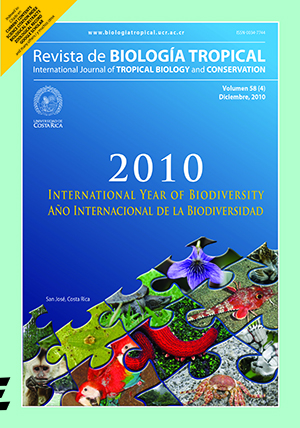Abstract
There is an increased interest to know and scientifically validate traditional knowledge of medicinal plants. Lippia alba belongs to Verbenaceae family and has been of interest, not only because of its worldwide extensive distribution, but also for its variable use as antiviral, bactericide, citostatic, analgesic and sedative. To study this, the morphology and ontogeny of Lippia alba inflorescences and the chemical composition of its volatile secondary metabolites were analyzed during three different stages of development. Plants were collected at the experimental crop field in CENIVAM, Bucaramanga, Colombia. The inflorescence’s morphology and ontogeny, and the chemical composition of volatile secondary metabolites were analyzed using a stereoscopic microscope and chromatographic and spec-troscopic techniques. Fresh material corresponding to each stage was fixed in F.A.A (formol, acetic acid and alcohol), included in paraffin and cutted in transversal and longitudinal sections. Sections were stained with safranine-fastgreen, photographed and decribed. The chemical composition of volatile secondary metabolites at each ontogenic stage, was extracted by solid phase micro-extraction in the headspace mode and analyzed by gas chromatography coupled to mass spectrometry. Stage I showed a meristematic mass of cells in vegetative apex and bracts, with an outline of floral whorls. In Stage III, the stamens were adnate, epipetals and didynamous, bicarpelar and syncarpic gynoecium, with superior ovary and decurrent stigma. The main secondary metabolites detected were the bicyclosesquiphellandrene followed by carvone, limonene and trans-β-farnesene, that consti-tuted the 78% of the total relative amounts of compounds. Other metabolites such as β-copaene, γ-amorphene and cis-β-guaiene, were reported for the first time in this study. When compared to other studies, morphological differences reported in this study are possibly related to adaptation to environmental conditions or pollinators, which let us suggest that there is no specific ontogenic pattern. Similarly, the qualitative and quantitative varia-tions in the detected compounds could be explained because one or more of them are used as precursors of others.
##plugins.facebook.comentarios##

This work is licensed under a Creative Commons Attribution 4.0 International License.
Copyright (c) 2010 Revista de Biología Tropical






